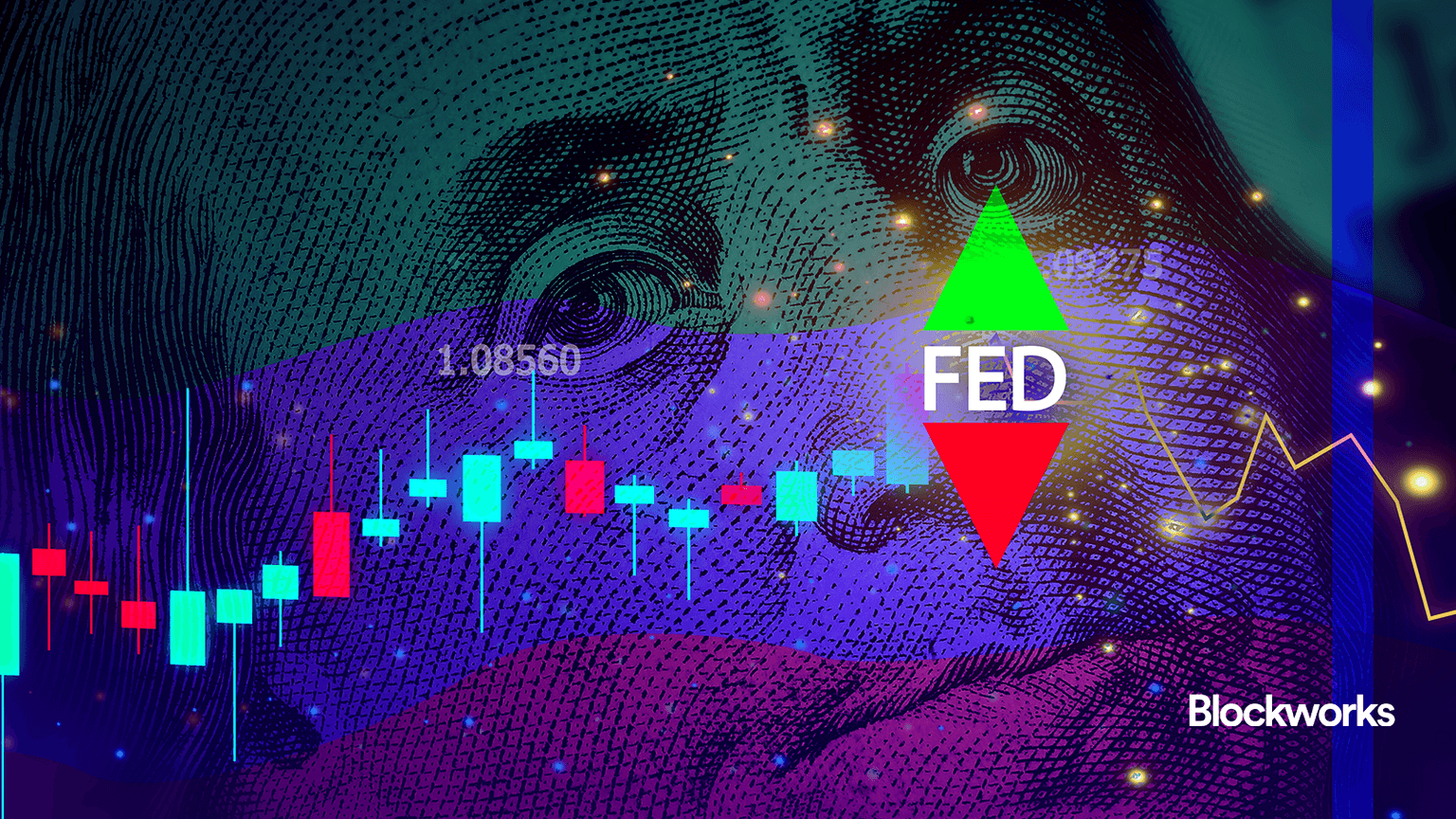How memecoins could bring back the retail investor in crypto
Midwest Blockchain Week showed the depth of talent available at US universities while focusing on how memecoins could bring back the retail investor

Midwest Blockchain Conference
This weekend, I went back to college…in the sense that I traveled up north to the Midwest Blockchain Conference, which was held on the University of Michigan’s campus.
I was the lone reporter on site, which meant I had unfettered access to eager crypto-native college students looking to learn more about the industry and tech. I also got to connect with the speakers and workshop leaders guiding them along the way.
Students from universities including the University of Kansas, Vanderbilt and the University of Illinois, among others, gathered in Ann Arbor. The vibes were pretty positive, with a lot of chatter about what’s next for crypto given last week’s election results.
Read more: Politics and memecoins drive the conversation on day 2 of Permissionless
The next generation of developers, investors and builders stood side by side in their university merch, making tacos with industry pros from places like EY, which had a strong presence at the conference.
But what’s a crypto conference without a little fun? As I arrived, I spotted an artist named Idris Busari, dressed up as a bitcoin, who shared that this was his first-ever blockchain event.
A standout event that sparked plenty of excitement and animated reactions was a session with Hype founder Ravi Bakhai, who dove into the world of memecoins, captivating both students and some industry pros alike.
According to Bakhai: Memecoins are risky, but you can get rich though.
Bakhai pointed out that memes are no longer just on Crypto Twitter; TikTok is the place to be for anyone trying to stay ahead of volatile memecoin cycles. He dubbed it the “TikTok-ification of finance,” emphasizing just how quick these trends can be. To drive the point home, he shared a story about selling out of a memecoin that skyrocketed 1,000% in just 18 minutes.
“In the US, this is how we get retail back into crypto,” Bakhai told Blockworks.
But it wasn’t all memecoin mania. There were other chats with industry professionals from a16z, prominent VC firms like Volt Capital and folks from the university’s endowment office, including Daniel Feder and Brandon Schroedle. The two spoke about the university’s interest in crypto and gave their perspectives on the industry.
The endowment holds over $20 billion, Feder told the packed room on Friday. The two then spent the next 30 minutes explaining why UMich is interested in crypto.
The “financial system in the US is very outdated…it’s been cobbled together,” Schroedle said. He’s not only looking at crypto as a way to diversify the investments, but he’s also excited about DePIN use cases.
Read more: DePIN: A recipe for public goods on public goods
Feder, however, argued that crypto shouldn’t be its own asset class — though that hasn’t dampened his bullish outlook. For institutions, he emphasized, the real key will be the continued rise of institutional interest in crypto.
Other highlights included a16z’s Jane Lippencott forecasting a possible “AI winter” in the coming years, and Volt’s Soona Ahmaz sharing the do’s and dont’s of pitching to VCs.
The overall sentiment of the conference was positive, and the excitement was palpable.
But one thing that stood out to this writer was not only how crypto-native this next generation already is, but also the gap they’re poised to fill as they step into the crypto workforce.
Coinbase (which also had a recruiter at the event that drew a lot of student attention) published a report in June which showed that the US has lost a lot of dev market share, in part due to its uncertain regulatory environment.
But if the regulatory environment becomes more certain, well, the talent pool is right here and ripe for the picking.
Get the news in your inbox. Explore Blockworks newsletters:
- The Breakdown: Decoding crypto and the markets. Daily.
- 0xResearch: Alpha in your inbox. Think like an analyst.






